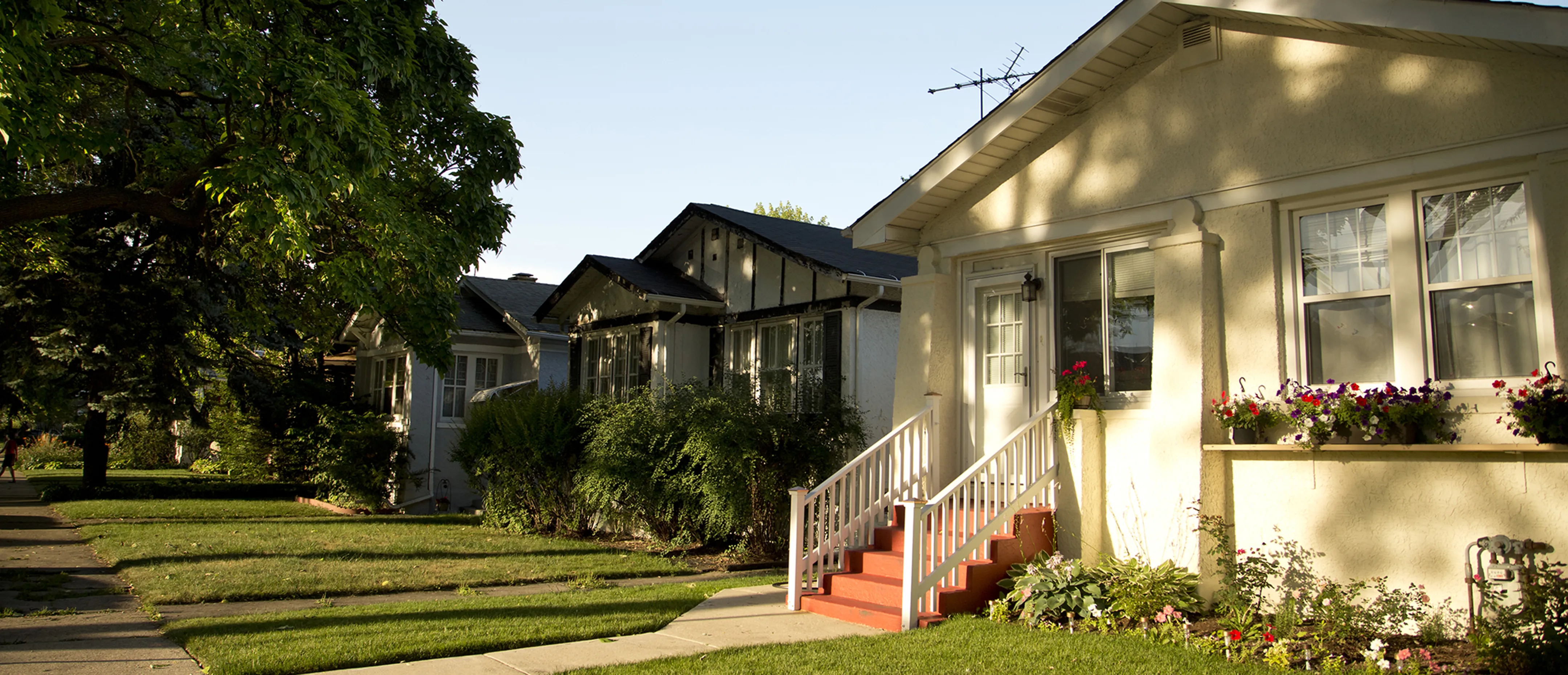History in Back of the Yards
Alumni
Tilden Career Academy High School
Built in 1905, Edward Tilden Career Community Academy at 4747 South Union Avenue became a Chicago public school in 1915. It was named for Edward Tilden, who was a former banker and president of the Chicago Board of Education. Tilden was an all-male technical school until it became co-ed in the 1960s. Home of the Blue Devils, the school's notable alumni include Johnny "Red" Kerr, who was a pro basketball player, coach and television color commentator for the Chicago Bulls from 1975 to 2008, and Bob Ryan, who in 1959 was the first african-american tennis player to turn professional.
History in Back of the Yards
Sports
Dexter Park
Dexter Park was the original home of the Chicago White Stockings (the precursors of today’s Chicago Cubs) at West Side of Halsted Street between 42nd and 47th Streets. The White Stockings played there for a single season in 1870 before joining the National Association Of Professional Base Ball Players and moving north to the Union Base-Ball Grounds. Dexter Park subsequently served as a horse-racing track until it was destroyed by fire in 1934.
The 9,000-seat "International Amphitheater" was later built on the north end of the site, and through the years it served as home court for both the Chicago Packers (now the Washington Wizards) and the Chicago Bulls, as well as the situs of the Democratic National Convention (in 1952, 1956, and 1968) and the Republican National Convention (in 1952 and 1960). It was also the scene of hundreds of rock ‘n’ roll concerts, featuring such bands as The Beatles (September 5, 1964, and August 12, 1966), The Rolling Stones (November 16, 1969, and June 19 and 20, 1972), The Who (August 5, 1967, August 5, 1968, November 29, 1973, and May 3, 1980), Led Zeppelin (September 5, 1971), and Pink Floyd (March 7, 1973). The International Amphitheater was demolished in 1999, and today Aramark Uniform Services occupies the site.
History in Back of the Yards
Tragedies
1910 Chicago Stockyards Fire
The biggest loss of firefighter life in American history before September 11 occurred at Warehouse 7 of the Nelson-Morris & Company meatpacking plant on the 4300 block of South Loomis at the Chicago Union Stockyards. The fire began sometime around 4:00 a.m. on December 22, 1910, in the basement of a six-story cold storage warehouse after an ammonia pipe exploded. The black smoke was noticed by a night watchman who pulled an alarm at the corner of 43rd and Loomis. Because the interior walls and floors were made of wood and were soaked with fat and grease, and because the hundreds of cured hogs were preserved with saltpeter (a critical ingredient in gunpowder) the firefighters were overmatched from the start. The site was so crowded with boxcars that there was no room to maneuver. The firefighters couldn’t set up ladders to reach the top floors so they weren’t able to break windows and reduce the pressure. Within an hour the warehouse exploded, causing an already shaky six-story brick wall to come tumbling down on beloved Chief Fire Marshal James “Big Jim” Horan and many of his colleagues, killing 21 firefighters in one fell instant. Other firefighters rushed over in an attempt to save their brethren, but with no chance for success. Fifty engine and seven hook-and-ladder companies required nearly 24 hours to bring the blaze under control.
The Union Stockyards Fire Of 1934
It was unseasonably hot -- thermometers registered 92-degree heat -- and there hadn't been much rain the entire year, so the conditions for a major conflagration were ripe. Shortly before 4:30 p.m. on Saturday, May 19, 1934, a passing motorist flicked away a smoldering cigarette butt, igniting the hay in a cattle pen on the southeastern corner of 43rd and Morgan Streets in the heart of the union stockyards. Gusting winds took over from there, and soon a gigantic inferno was raging, billowing black smoke visible to pilots 95 miles away in South Bend, Indiana. Despite the heroic efforts of the firefighters, the flames crossed Exchange Avenue to the north, spread to Halsted Street on the east, and raged all the way down to 45th Street on the south. Countless buildings and residences were destroyed and an untold number of cattle were killed. Reportedly, more than 90% of the stockyards were decimated. The fire wasn't brought under control until 11:00 p.m., and firefighters didn't extinguished the last remaining flames until late the following evening. An estimated 1,600 firefighters fought the blaze, 54 of whom were injured and 24 of whom landed in the hospital. More than 1,200 people were rendered homeless. Three locals were reported missing, and one person died.

